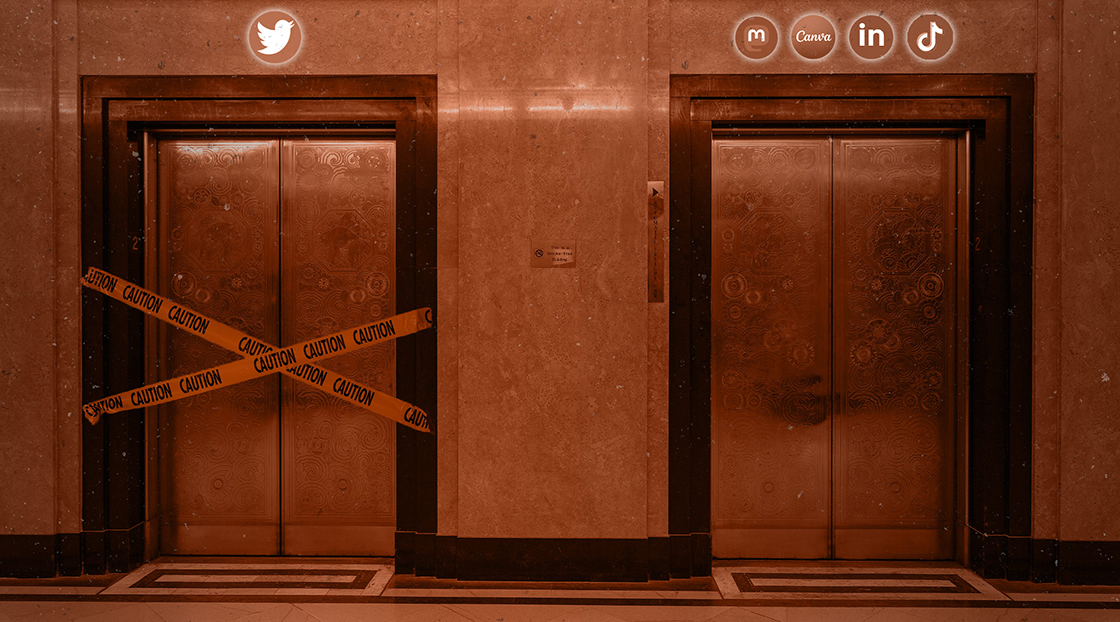5. Pause and Peruse
“I’m not standing still, I’m lying in wait.” — Hamilton, “Wait For It”
Some higher education communications teams may have made a strong and successful commitment to Twitter—thousands of followers, beautiful interactions, reliable customer service DMs, a network of professionals and interested community members. That’s not easy to toss aside. So, don’t.
Hold off on posting new content or content that would not fit beside whatever things will be emerging on Twitter in the short term. As things settle down on the platform and it adjusts to 2.0, to being “hardcore” or whatever shape it takes, the patient users will adapt to the new form.
The “peruse” part of this list entry is to lean into Twitter’s social listening power while pausing. Take stock of what voices are on the platform and which aren’t. Look back at social strategy documents for a reminder about why Twitter was part of a storytelling toolkit in the first place. Twitter 2.0 may be an even better fit for some higher education content. Watching and waiting will have been an enviable stance.
4. YouTube Refresh
“If you can lean, you can clean.” —every food industry staff manager ever
No matter the state of the institution’s YouTube channel, there’s always something to do on that platform. Take a deep dive into the analytics to find some interesting and valuable data, rearrange some playlists and delete or hide old content.
No Twitter frees up needed time to spend in the YouTube Studio adding end screens to videos. End screens are the thumbnails suggesting the next video for the user to watch that show up while a viewer is engaging with the current content. This can make a huge difference for the video consumer’s experience and help the marcomm team shape a prospective student’s trip down a YouTube rabbit hole. You can suggest classroom videos at the end of tour videos, tour videos at the end of student profiles and last year’s moving and uplifting commencement video at the end of student profiles.
Those minutes each day that are currently not creating and curating for Twitter can be spent putting a little polish on YouTube content. Admissions teams will be most appreciative.




